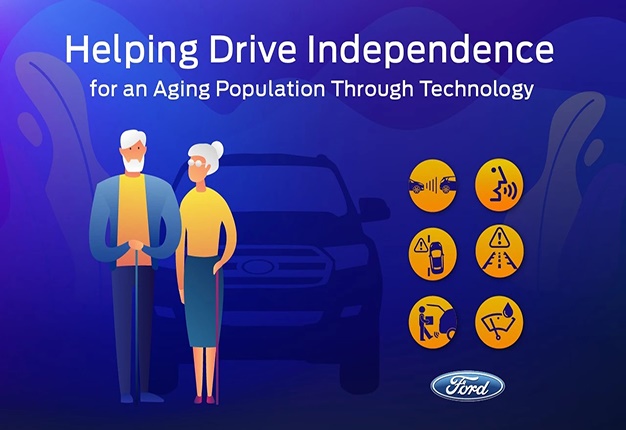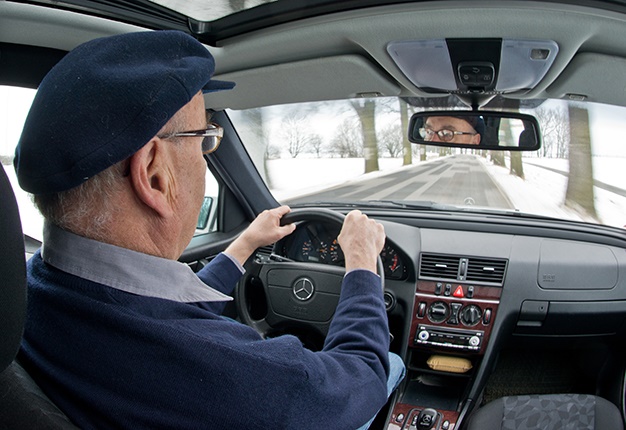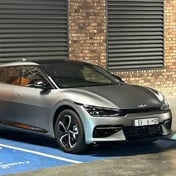
Age is but a number, or so the saying goes. And while no-one likes to be referred to as ‘elderly’, when used for statistical purposes ‘elderly’ generally refers to people aged 65 years and older. According to the United Nations, there are currently more than three million elderly people living in South Africa.
There is no legal age at which you have to stop driving in South Africa, as long as you renew your driver’s licence every five years. Part of this process includes passing an eye test. As we age, our reaction times slow and vision deteriorates.
According to Arrive Alive, from the age of around 45, most of us need glasses to see well – either at a distance, close up, or for both. And at around 60, our eyes will normally require three times more light to see as well as when we were aged 20.
For many elderly people, driving is a critical lifeline for their daily routine, which allows them to stay mobile and connected to society. And the idea of giving up the independence which a car symbolises, even when their loved ones voice concerns about their abilities behind the wheel, can be hard.
Image: Quickpic
But if you treat the process of asking an elderly loved one to relinquish their driver’s licence as a gradual journey, rather than a once-off event, it can go a long way towards helping them adjust to the transition from driver to passenger.
Phase 1
Operating a vehicle demands a high level of motor functions, and sensory, perceptual, and cognitive actions. Ease into the conversation of road safety responsibility with your elderly loved one, and remind them of the importance of self-monitoring their driving abilities.
Have ongoing discussions about what will happen when the time comes for them to hand over the keys. Reassure them that there are a growing number of alternatives to driving, and they will still be able to get around.
If public transport isn’t an option, family or friends could set aside some time to drive them to the places they need to go, or hire a local student who wouldn’t mind making a little cash in exchange for running errands or providing rides.
They could make use of private ride-hailing and local ride-sharing options, which are becoming increasingly popular. As well as taking advantage of delivery services offered by retailers for groceries, restaurants for meals, and pharmacies for chronic medication.
Phase 2
As your loved one ages further, encourage them to start implementing some self-imposed driving restrictions and stay safer on the roads. Urge them to avoid driving at night and in bad weather.
Suggest they only drive in familiar areas and within a certain radius of home. And advise they plan their route in advance, making an effort to avoid highways, complex road environments, and peak traffic times.
Phase 3
When your elderly loved one starts experiencing obvious errors in judgement, including the speed, distances, and intentions of other vehicles, running of stop signs and red lights, getting lost, or struggling with spatial tasks like parking, it’s time to gently, but firmly, put alternative transportation arrangements, as discussed earlier, into action.
Image: Getty Images
How new vehicle technologies can benefit elderly drivers
While new vehicle technologies are designed to benefit all drivers, many of them can be used as tools by elderly drivers to help offset some of the physical limitations which come from ageing, and allow them to continue driving safely for as long as possible.
For designers and engineers at Ford Motor Company, the process begins with them wearing an ergonomic device called a Third Age Suit, which simulates some age-related physical problems, including limited flexibility, hearing, motion, vision, and sense of touch.
Experiencing the limitations of ageing first-hand, engineers can understand how elderly drivers interact with their vehicles, and discover problems they hadn’t thought of before.
"We have been using the Third Age Suit in research and development for more than 20 years," says Kuda Takura, smart mobility specialist at Ford Motor Company of Southern Africa. "Insights from the process have led to improvements in our vehicles which benefit elderly drivers, including larger doors which are easier to open, uncluttered screens with fonts and colours which make words and numbers easier to read, and mirrors which have been adjusted to improve the field of vision."
Image: Getty Images
To help potentially prevent or reduce the impact from a collision, Ford equips many of its newer vehicles with a variety of Driver-Assist Technologies (DATs) which use cameras, sensors, and sophisticated algorithms to scan the surrounding area and warn of impending dangers.
One example is Pre-Collision Assist (Autonomous Emergency Braking) with Pedestrian Detection, which is designed to detect if the vehicle in front has unexpectedly stopped, or if a pedestrian has stepped out onto the road, and can automatically apply the brakes if the driver doesn’t.
If a driver becomes distracted and drifts out of the lane, Ford’s Lane Keeping Aid can alert the driver, and provide steering torque input toward the centre of the lane, if the driver does not act.
Since many elderly drivers have stiff joints and limited flexibility which make actions like turning the head difficult, features like the Rear-View Camera and Blind Spot Information System (BLIS) with Cross Traffic Alert is designed to help by detecting what’s behind the vehicle, and notifying them when an object enters their blind spot zone on either side of the vehicle.
This extra set of eyes can not only increase visibility and improve driver safety, but also increases the safety of other drivers and pedestrians near the vehicle.
"We are committed to helping elderly people maintain their independence for as long as possible, and dedicated to developing innovative mobility solutions which help keep them driving safer, more comfortably, and longer," says Takura




 Publications
Publications
 Partners
Partners













